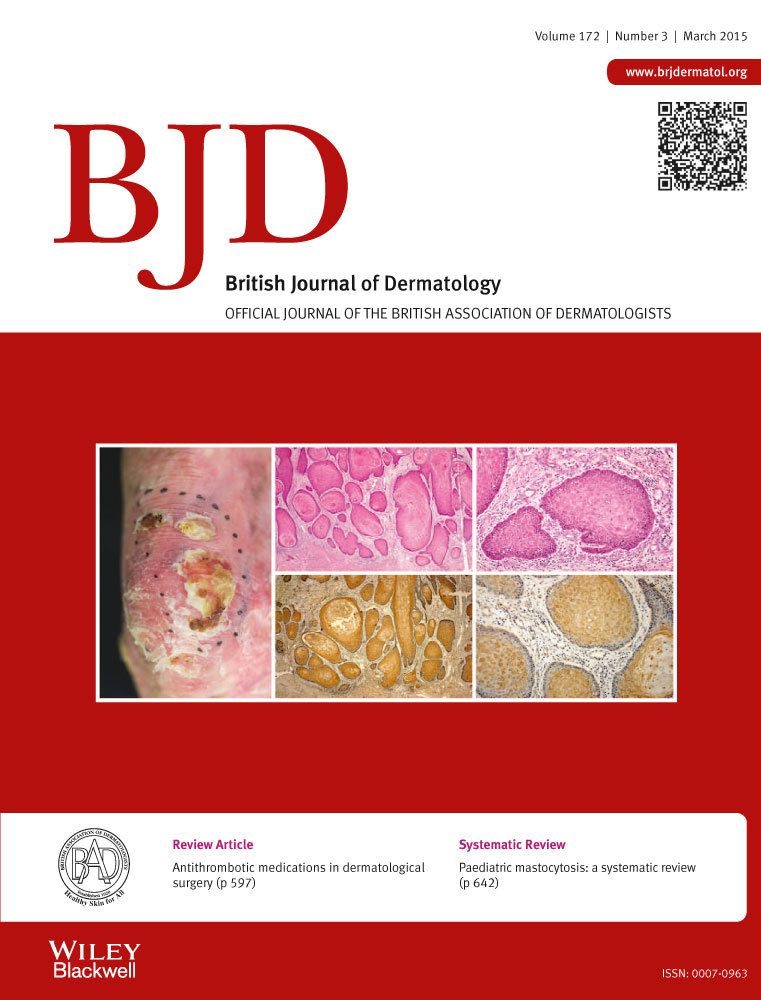MMP13 can be a useful differentiating marker between squamous cell carcinoma and benign hyperkeratotic lesions in recessive dystrophic epidermolysis bullosa
Summary
Recessive dystrophic epidermolysis bullosa (RDEB) is a severe hereditary mechanobullous disease resulting from mutations in the COL7A1 gene, coding for type VII collagen. Patients with RDEB tend to develop squamous cell carcinomas (SCCs) at sites of chronic ulceration or scarring on the whole body. Distinguishing SCC from benign hyperkeratotic lesions is often difficult, not only clinically but also histologically in patients with RDEB. We investigated several matrix metallopeptidase (MMP) subtypes by comparing the DNA amplification microarray findings between evident SCCs and benign hyperkeratotic lesions in the same patient with RDEB. We report that MMP13 was found to be strongly positive in SCCs but negative in benign hyperkeratotic lesions. We found that there is an evident difference in the transitional area between SCCs and benign hyperkeratotic lesions. We propose that MMP13 may be a useful differentiating marker between SCC and benign hyperkeratotic lesions in RDEB.




